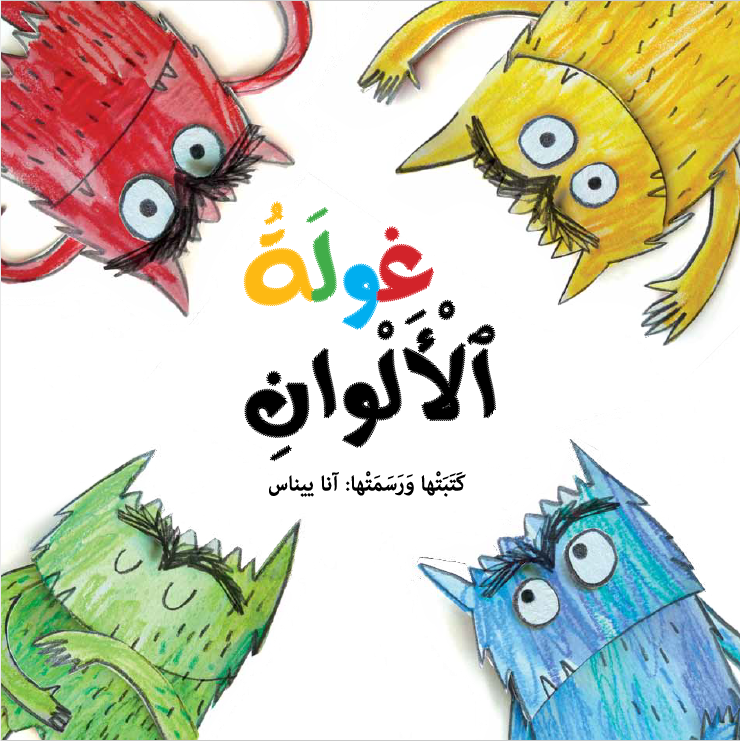
The Color Monster wakes up feeling a mixture of emotions: joy, sadness, anger and boredom. So, the little girl helps him understand his feelings by associating them with colors from nature.

The Color Monster wakes up feeling a mixture of emotions: joy, sadness, anger and boredom. So, the little girl helps him understand his feelings by associating them with colors from nature.
The color monster had a mixture of feelings, so the child helps her in understanding these different feelings, and in naming and arranging them. This book presents a wonderful mediation to deal with feelings, as it introduces us to many, diverse and sometimes overlapping feelings that we may ...
Read MoreThe color monster had a mixture of feelings, so the child helps her in understanding these different feelings, and in naming and arranging them.
This book presents a wonderful mediation to deal with feelings, as it introduces us to many, diverse and sometimes overlapping feelings that we may feel in our lives; the book explains them to us, embodies them using colors, and translates how these feelings are reflected in lived situations.
When we have mixed and overlapping emotions, we feel confused because these feelings may not be clear to us, and we cannot always distinguish and understand them. Our children need our support in recognizing, understanding, and arranging their feelings, as in our story, where the child supports the monster in identifying and understanding her feelings, naming them, and arranging them into “glass jars” which finally makes the monster feel her inner calm.